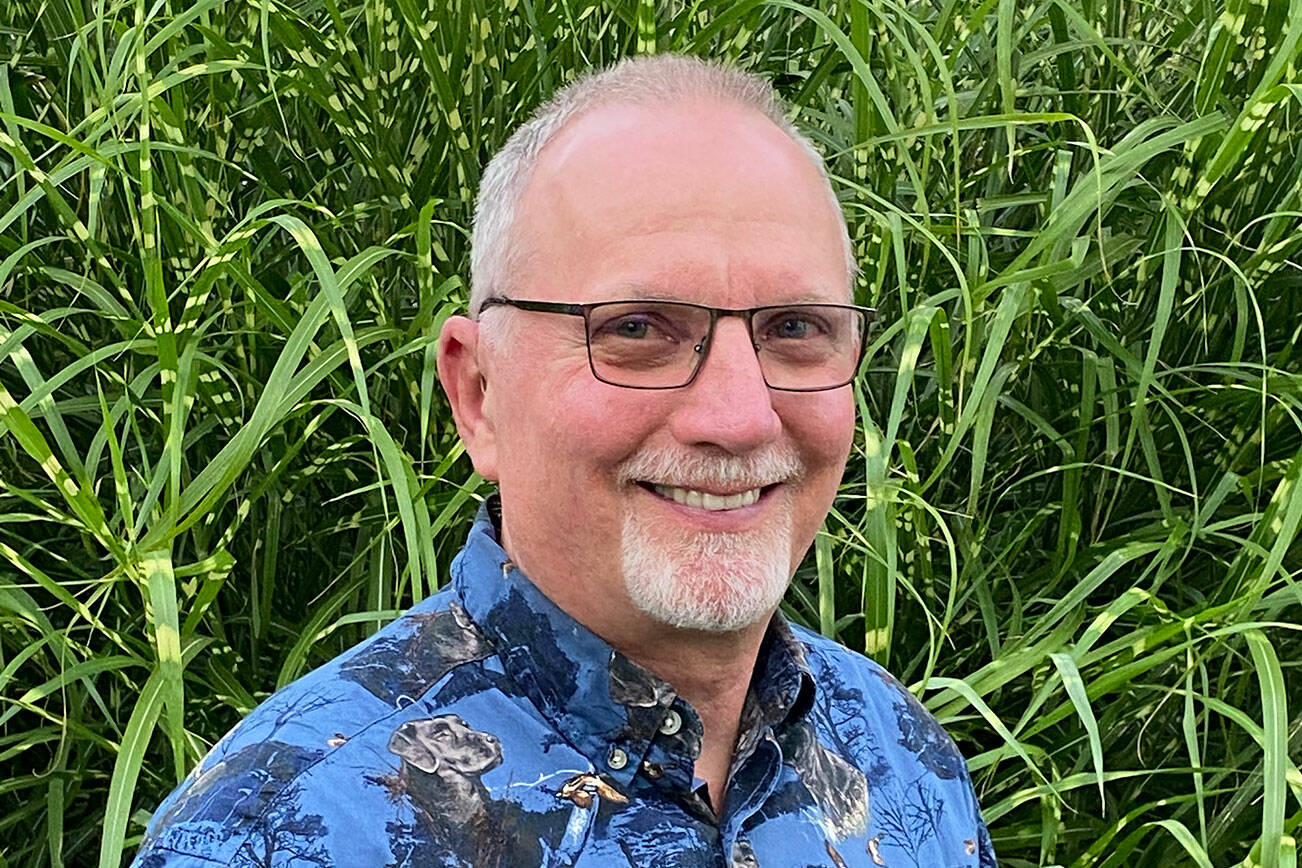A lot went on in the 1960s regarding race that remind me of our own time.
The Congress of Racial Equality (CORE) Freedom Riders rode on two buses into the Deep South in 1961 to test whether the U.S. government’s guarantee of desegregation in interstate transportation had any teeth. The riders were mainly students, both black and white.
The following is a portion of Jill Lepore’s account from her book, “These Truths”: “Two days after the buses left, on May 4th 1961, newly appointed U.S. Attorney General Robert Kennedy threw down the gauntlet to Southern white segregationists in a speech at the University of Georgia. He stated: ‘We will move…You may ask, will we enforce the Civil Rights statutes? The answer is: Yes, we will.”
Eight days later a white mob attacked one of the Greyhound buses in Anniston, Alabama. The rioters smashed the windows, slashed the tires, and then burned it, screaming, “Let’s burn them alive.”
The riders barely escaped with their lives. When the second bus arrived at the Trailways terminal in Birmingham, a Klan posse was waiting for them. The Freedom Riders were badly beaten.
Kennedy ordered that the riders be evacuated. CORE sent in more Freedom Riders. Birmingham police commissioner “Bull” Connor had them arrested and jailed them before they could board the bus. “There they were held, without having been charged— while the State of Alabama dared the federal government to act.”
Bobby Kennedy asked his brother, President John F. Kennedy, to call the Governor of Alabama, Democrat John Patterson, a man who had supported J.F.K. in his 1960 run for president. Patterson refused to take the call. President Kennedy then sent an envoy who told the Governor that federal troops would be sent to protect the bus if the governor refused. Reluctantly, Patterson sent a police escort on their ride to Montgomery, Alabama’s capital.
Another mob was waiting for them. The mob, which had been hiding in the bus station, rushed out and started beating reporters covering the event and then began beating the riders with pipes and fists, and braining the riders with their own suitcases.
Later the Freedom Riders, bandaged and bloody, met with 1,500 Black residents in the First Baptist Church, next to the Alabama State Capitol. Three thousand protesters surrounded the church. Eventually the Alabama National Guard had to disperse them. The Freedom Riders continued their journeys throughout the South for the rest of the summer.
In the fall, 400 Freedom Riders were arrested in Mississippi. Black school children were beaten as they tried to enter formerly white-only elementary schools. The Civil Rights Movement split into opposing factions.
The 1960s saw the assassinations of John and Bobby Kennedy, Martin Luther King, and Malcolm X. A war was fought in Vietnam that killed millions of Vietnamese and thousands of U.S. G.Is. Anti-war protests and riots broke out across the nation. We lost that war.
The Watergate break-in of the Democratic Headquarters occurred in 1972. This was followed by the Watergate scandal, the revelations from the White House tapes, and the resignation of President Richard Nixon in August 1974.
As I read Lepore’s account of the era, a time I experienced with my own eyes, the chaos of our own time came to mind: Political polarization, the 2016 election and Trump victory, the 2020-2022 COVID pandemic, George Floyd’s death, Black Lives Matter protests, mass shootings, the LGBTQ movement, Joe Biden’s election victory and the Jan. 6, 2021 Capitol Insurrection, Putin’s invasion of Ukraine, and much, much more.
What lessons can we draw by considering an earlier time of chaos? Here are a few insights: Racism is systemic and has been present since before our nation’s founding. Social and cultural change continually occur as new inventions and events change perspectives and bring new inequalities to light. The gap between rich and poor has only widened since the 1960s and 1970s and will likely continue. Even the definition of truth changes, depending on who is defining the term.
Will we endure the chaos of the present? The answer, looking back on the tumultuous 1960s and 1970s, is yes. Will we make the needed adjustments in order to right and preserve our democracy? The answer is yes, eventually, but only with great pain and confusion, doubt, division, and distrust.
Needed changes will arise after the death of the older generation with our biases and blindness. A new generation will eventually become dominant with different perspectives and solutions. And the cycle of change will continue.
The late Steve jobs said it best:
“You can’t connect the dots looking forward; you can only connect them looking backwards. So you have to trust that the dots will somehow connect in your future. You have to trust in something – your gut, destiny, life, karma, whatever. This approach has never let me down, and it has made all the difference in my life.”


